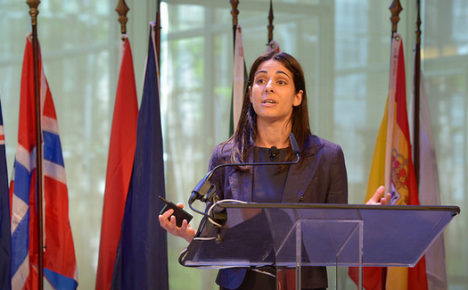Online business site Quartz warns publishers to ‘hold strong’ on mobile yields
The head of revenue and strategy for online business publication Quartz is calling on publishers globally to “hold strong” on their yields on mobile, despite an explosion in ad inventory as mobile audiences rise.
In a presentation to the International News Media Association (INMA) World Congress, Joy Robins argued many publishers did mobile advertising badly and were at the same time underpricing themselves.
“We haven’t been willing to negotiate,” Robins said, revealing they charge the same CPM for mobile as desktop. “I think a lot of people saw demand fall and audiences rise and decide – based on supply and demand – to lower their prices when you see too much supply.


